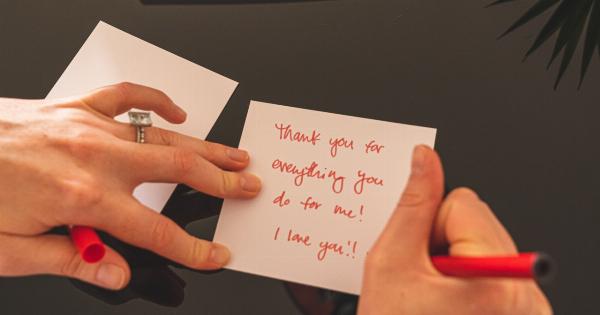It’s a well-known fact that many people sneeze when they look at the sun. This phenomenon is real, and there’s even a name for it: photic sneeze reflex.
But why does it happen? In this article, we’ll take a closer look and try to figure out what causes it.
What is photic sneeze reflex?
Photic sneeze reflex, also known as ACHOO syndrome (autosomal dominant compulsive helio-ophthalmic outbursts of sneezing), is a phenomenon where people sneeze when they look at bright light, such as the sun.
The condition affects around 18-35% of the population, and it’s more common in women.
Why do people sneeze when they look at the sun?
There are different theories about why people sneeze when they look at the sun. One of the main theories is that it’s because of cross-wiring in the brain.
When the optic nerve, which carries visual information from the eyes to the brain, is stimulated by bright light, it can also trigger the trigeminal nerve, which carries sensory information from the face to the brain. This stimulation of the trigeminal nerve can result in a reflex sneeze.
Is photic sneeze reflex inherited?
Photic sneeze reflex is inherited in an autosomal dominant way, which means that if one of your parents has the condition, you have a 50% chance of inheriting it.
However, not all people with the condition have inherited it, and some people may develop it spontaneously.
Can photic sneeze reflex be dangerous?
Photic sneeze reflex is usually harmless, but in some cases, it can be dangerous. For example, if you’re driving and you sneeze while looking at the sun, it can potentially cause an accident.
It’s important to be aware of the condition and take precautions, such as wearing sunglasses or avoiding bright lights if you know you’re prone to sneezing.
How common is photic sneeze reflex?
Photic sneeze reflex affects around 18-35% of the population, depending on the study. It’s more common in women, and it’s more prevalent in those with lighter eye colors.
What are some other triggers for sneezing?
Photic sneeze reflex is just one type of sneezing. There are many other triggers for sneezing, including allergies, colds, viruses, and irritants such as dust or perfume.
People can also sneeze due to certain medications, such as opioids or blood pressure medications.
Can sneezing be stopped?
While it’s not always possible to stop sneezing, there are some things you can do to reduce the likelihood of sneezing. For example, if you have allergies, taking antihistamines can help reduce sneezing.
Avoiding irritants such as dust or perfume can also help. If you’re prone to sneezing when looking at bright lights, wearing sunglasses can help reduce the trigger.
Conclusion
Photic sneeze reflex is a real phenomenon that affects a significant portion of the population. While the exact cause of the condition is not fully understood, it’s believed to be due to cross-wiring in the brain.
While photic sneeze reflex is usually harmless, it’s important to be aware of the condition and take precautions to prevent it from causing harm.































